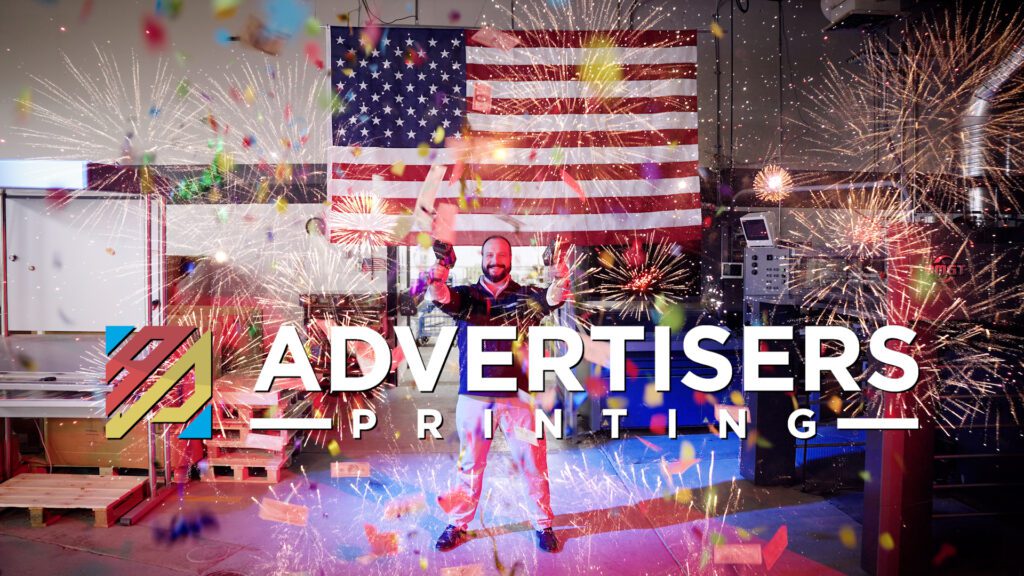To the everyday consumer, the idea that you need to choose the “right” paper for a printing project seems absurd; after all, it’s just paper! But if you ask any design or marketing professional, they’ll tell you it’s a decision worth stressing over.
Some of the most important factors for picking the right paper for a project include project type, material, price, coating type, thickness, and brightness and opacity. Let’s take a closer look at each feature.
Where to Begin
The first question you should ask yourself is what the project you’re creating is and what it will be used for. You’ll also want to know: who is the project’s target audience? Will it be sent through the mail or handed off?
Once these questions are answered, you should consider the type of material you’ll want to use. Most papers are made from wood, but some are produced from cloth and synthetic fibers. Sustainable, environmentally friendly paper is also an option. Additionally, you may want to use paper that has not been bleached or that substitutes oxygen-based compounds for chlorine compounds; look for TCF (totally chlorine free), PCF (processed chlorine free), or FSC-certified (Forest Stewardship Council) labels.
Price is also an important factor. Keep in mind that paper averages about 30% of the cost of a print project. Ideally, you’ll want to pick a paper that functions well above all else, but avoid breaking the bank.
Coated Versus Uncoated
In regards to paper, a coating is a covering of hardened clay material that better displays text and images with sharper detail and denser color. Coatings come in a variety of styles, including non-shiny matte, dull, gloss, and cast-coated and can be done on one or both sides.
Since a coated sheet of paper is hard to write on, it is recommended for brochures, catalogues, postcards, and packaging. In terms of readability, paper with less glare is easier on the eyes than gloss papers. The trade-off is that gloss paper tends to be more eye catching initially.
On the other hand, uncoated paper has a non-glare surface and is more absorbent. As a result, this type of paper can be textured or smooth and is easy to write on. Uncoated paper is best for stationery, standard envelopes, inexpensive flyers, newsletters, and other products you want to write on.
Thickness
When considering paper thickness, compare cover stock against text stock. Cover stock is thicker and is often used as a cover for paperback books. Text stock is thinner, looser, and more flexible, like a sheet of printer paper. Usually, brochures, flyers, and other direct mailers are printed on text stock. Thicker paper tends to be best for die-cutting, embossing, and foil stamping. Thinner paper, though, is usually cheaper and more environmentally friendly.
Brightness and Opacity
Paper brightness affects how readable text will be; the brighter the paper, the more readable. Brighter paper also displays colors more accurately, making it the best choice for high-end advertising and fine art printing. Blue-white papers in particular are especially popular right now because they have a higher brightness; similarly, warm white papers are comfortable on the eyes and are best for projects with a lot of text.
Opacity is the measure of a sheet of paper’s transparency. Paper with 100% opacity means that you cannot see through it at all; by contrast, paper with 0% opacity is completely transparent, like tracing paper. If your project will be printed on both sides of one sheet of paper, and if there is a lot of text, you’ll want to make sure the paper’s opacity does not allow any text to show through from one side to the other. One tip to remember is that if you’re ever uncertain about a paper’s transparency, you can always make the paper a little thicker.
Final Thoughts
When you consider all of these factors together, it might lead to an overwhelming decision process. However, try to remember the very first question we posed: what is your project’s purpose? From there, you should be able to narrow down options until you find the right paper for your project.
At Advertisers Printing, we offer a wide array of sustainable printing services and would love to help you with any aspect of your printing project from paper choice to finishing and distribution. Contact Advertisers Printing, a St. Louis Printing company if you have any questions about our commercial printing services.


